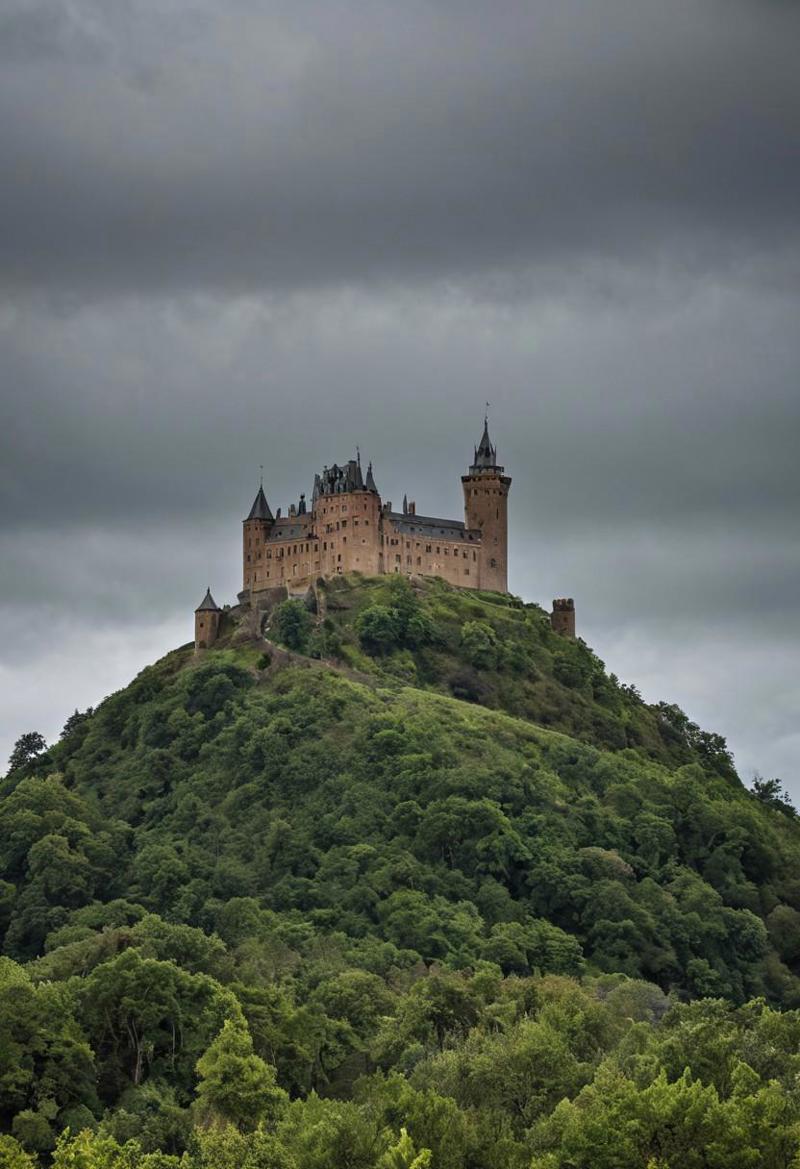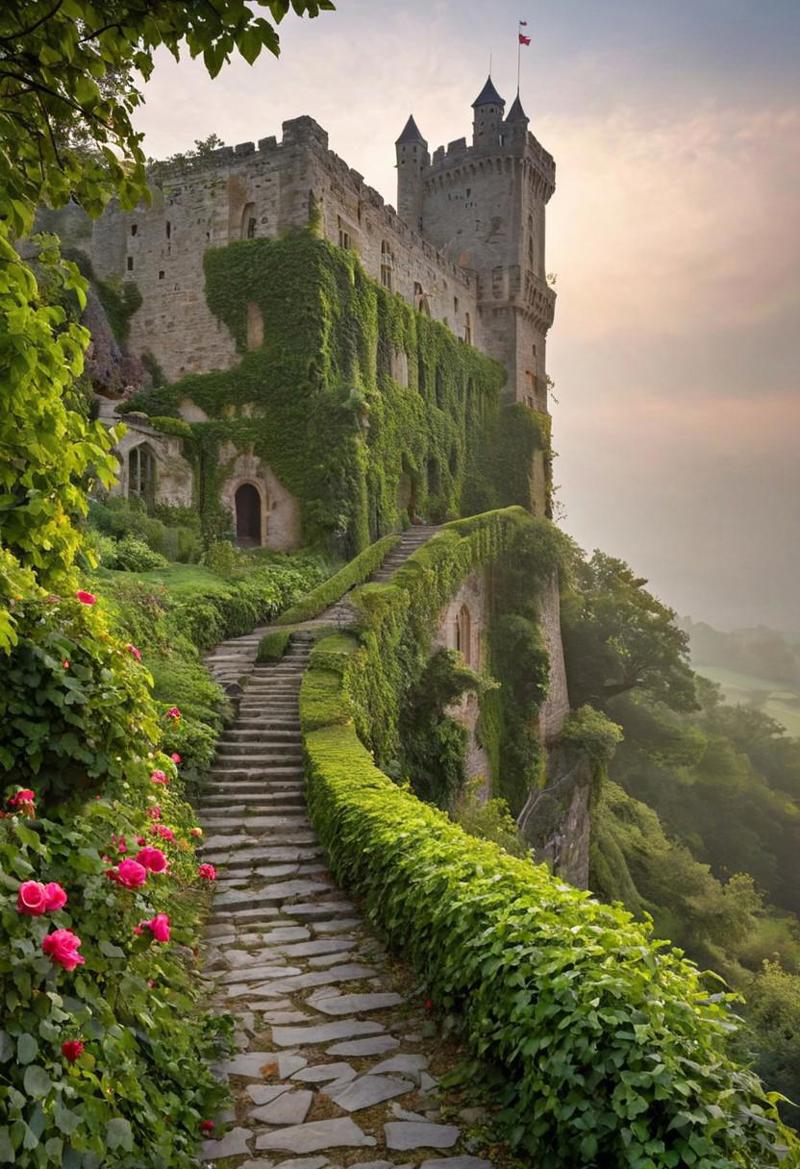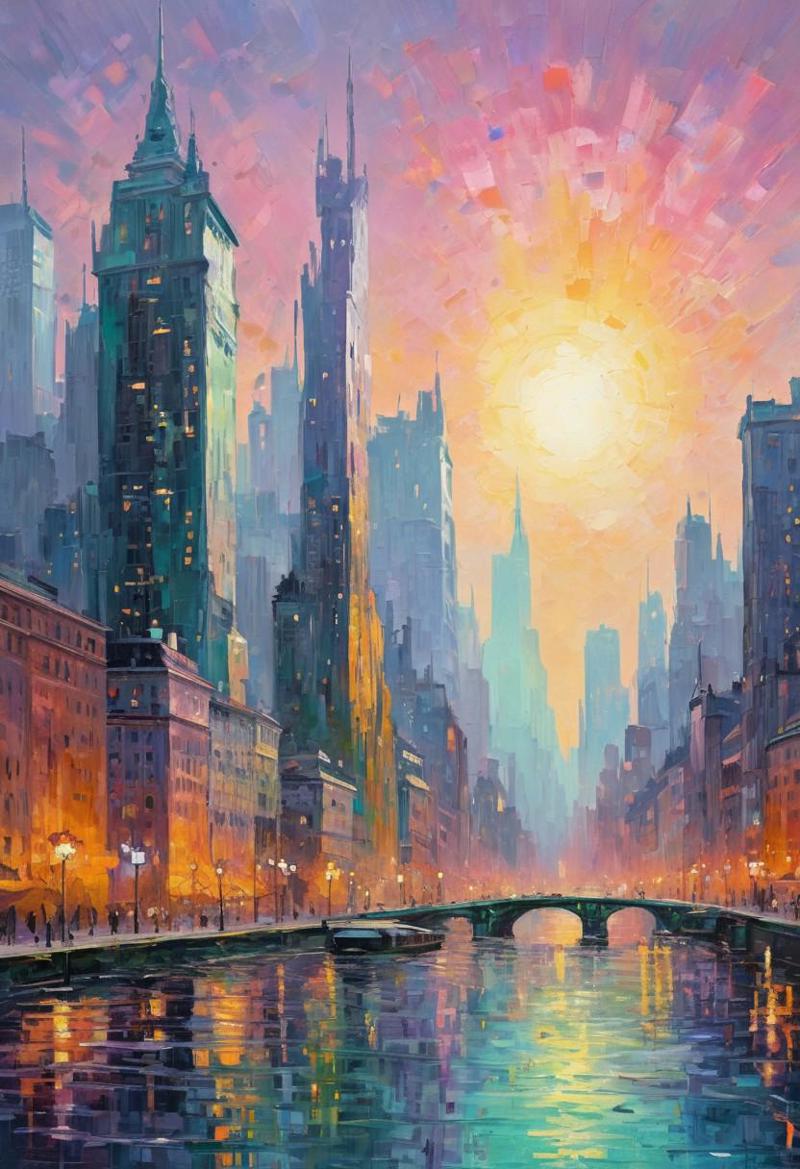You’ve learned the essentials—now it’s time to unlock the full creative power of Civitai and Stable Diffusion. In this chapter, you’ll discover advanced prompting techniques, with a special focus on the art of negative prompts, as well as other strategies to refine and elevate your AI-generated masterpieces.
Harnessing Negative Prompts: Precision Control for Flawless Images
One of the most powerful tools in your Civitai workflow (except in Flux, where it works differently) is the **Negative Prompt** field. This dedicated input lets you specify exactly what you DON’T want to see in your image. While your main prompt describes your vision, the negative prompt acts as a filter, excluding unwanted elements or common AI mistakes.
How to Use Negative Prompts:
Where to Enter: Use the separate "Negative Prompt" field (not the main prompt!) to list all elements you want to exclude.
Common Negatives:
`low quality, blurry, watermark, text, signature, extra fingers, bad anatomy, cropped, jpeg artifacts, ugly, poorly drawn hands, deformed face`
Specific Negatives:
For hands: `extra fingers, fused fingers, poorly drawn hands`
For faces: `asymmetrical face, bad face, unrealistic skin texture`
Why Use Them: Negative prompts help you avoid common AI artifacts, remove distractions, and ensure your image matches your vision.
Example:
Prompt: "A majestic elven queen in a golden forest, intricate jewelry, ethereal lighting."
Negative Prompt: "text, watermark, blurry, extra fingers, bad anatomy, cropped, poorly drawn hands"
Important:
Always use the dedicated negative prompt field. Listing unwanted elements in the main prompt can confuse the AI and sometimes even make those things appear!
Pro Tip:
Start with a universal negative prompt list and add specific terms as needed for your subject matter or style.
Layering Prompts: Building Richness and Depth
Go beyond simple descriptions by layering multiple details, moods, and narrative hints in your prompt. Think of your prompt as a composition—each element adds depth and complexity.
Example:

Instead of “A castle on a hill,” try:
“A grand medieval castle perched atop a misty hill at sunrise, ivy climbing its ancient stone walls, banners fluttering in the morning breeze, a winding path leading through a blooming rose garden.”

Style Fusion: Mixing Artistic Worlds
Blend different artistic styles, genres, or references for unique, hybrid results. Use phrases like “in the style of [artist/genre]” or “combining [style1] and [style2]” to guide the AI.
Example:
“A futuristic cityscape painted in the style of Monet, with impressionist brushstrokes and vibrant pastel colors.”

Advanced Parameters: Aspect Ratio, Detail, and More
Aspect Ratio: Specify image dimensions (e.g., “wide landscape,” “portrait orientation”).
Detail Level: Use terms like “hyper-detailed,” “minimalist,” or “photorealistic” to control the visual style.
Lighting and Mood: Add specifics such as “dramatic lighting,” “soft morning glow,” or “noir atmosphere.”
Prompt Chaining: Visual Storytelling
Create a series of images that tell a story by chaining prompts together. Each prompt builds on the last, allowing you to illustrate a narrative or explore a theme from different angles.
Workflow:
Start with an initial scene.
For each new image, modify the prompt to reflect the next moment or perspective.
Exploring Civitai’s Model Zoo
Civitai offers a huge selection of custom models—anime, photorealism, fantasy, abstract, and more. Try different models to discover the perfect style for your vision. Read model descriptions and browse sample images for inspiration.
Community Collaboration and Remixing
Remix or build on prompts shared by others.
Join themed challenges and prompt contests.
Share your process, tips, and results—helping others and expanding your own creative network.
Your Creative Journey Continues
With advanced prompting, negative prompts, and the rich toolbox of Civitai, you’re ready to create art that’s not only beautiful, but also precise and uniquely yours. Experiment, iterate, and let your imagination soar—your next masterpiece is just a prompt away!
Stay tuned for Part IV: Post-Processing Magic—Enhancing and Sharing Your AI Art!


